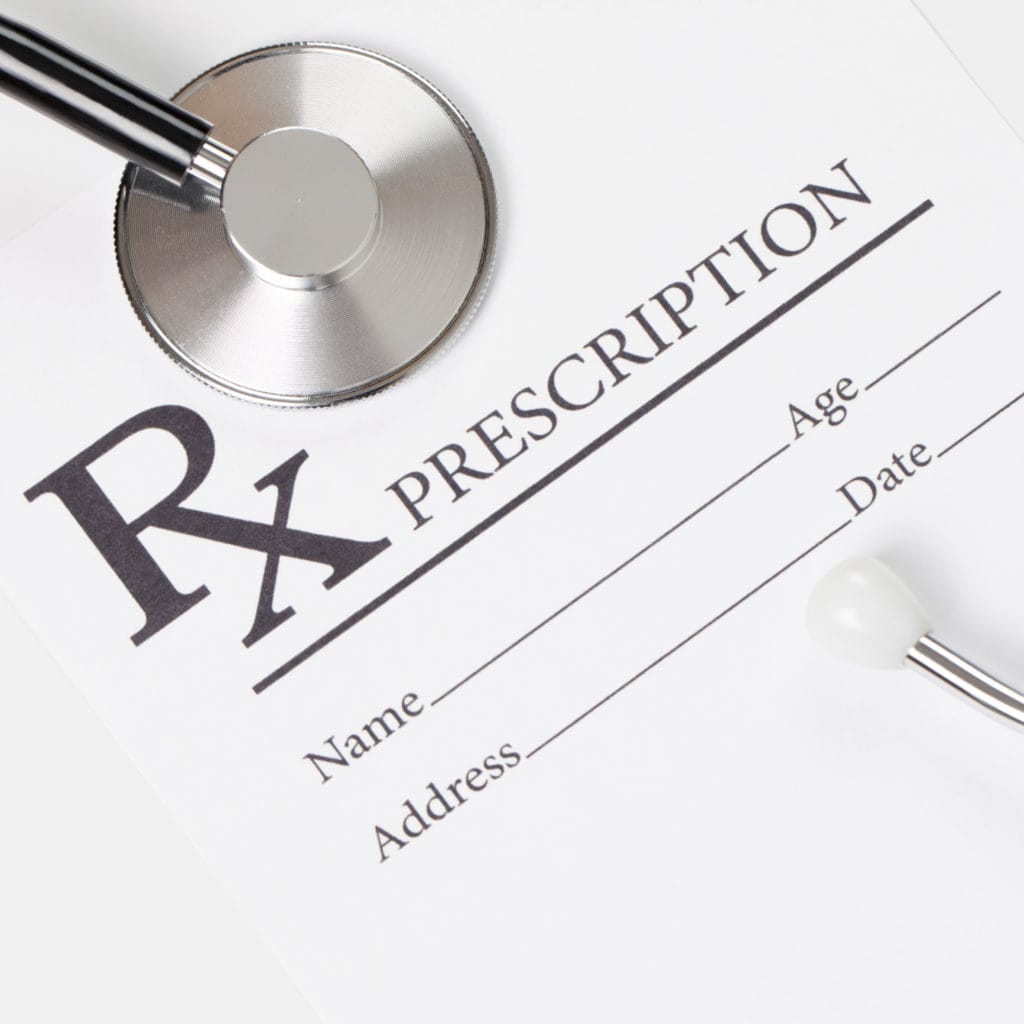The prescription drugs naltrexone and acamprosate were approved for the treatment of alcoholism in 1994 and 2004, respectively. Both of these substances can help reduce the incidence and intensity of the cravings associated with alcohol dependency, and both have emerged from several rounds of clinical testing with their reputations intact. Naltrexone and acamprosate are usually prescribed to be used in conjunction with psychological counseling and behavioral therapy. For recovering alcoholics, these drugs can decrease the likelihood of relapse and diminish the severity of a relapse when it does occur, thereby making a return to sobriety easier to achieve. Alcoholics who have not yet stopped drinking can also benefit by taking naltrexone and acamprosate, since these drugs will lessen the frequency of the cravings they experience and help slow the speed of their descent into raging addiction. But despite a proven track record, naltrexone and acamprosate have been overlooked and underutilized by medical professionals attempting to treat problem drinkers — so say the authors of a new study published in the online version of the Journal of the American Medical Association (JAMA).
Naltrexone and Acamprosate: The JAMA Study
In this comprehensive meta-analysis, a research team centered at the University of North Carolina in Chapel Hill collected and combined data from 12 clinical tests involving more than 23,000 subjects. They discovered that in study after study, naltrexone and acamprosate had the potential to help certain problem drinkers stop consuming alcohol. Using a concept known as “number needed to treat,” they found that one out of every 12 study participants who took acamprosate and one out of every 20 who took naltrexone were able to maintain their sobriety indefinitely. Others were apparently not helped by these drugs, or were not helped enough to make a decisive difference. At first glance, these might not seem like impressive percentages. But it must be remembered that beating a substance abuse problem is always an uphill battle. Relapse is common, and it can take several attempts at recovery before an alcoholic is finally able to make it stick. Consequently, anything that can boost the odds of treatment success even a little (8.5 percent with acamprosate and 5 percent with naltrexone) should be welcomed. Naltrexone and acamprosate are always prescribed as a complement to behavioral therapy and medical rehabilitation, so no one who takes them will be cut off from other forms of intervention. And if the first of the two drugs proves ineffective, the patient can later be given the second. In some cases, the two drugs have been prescribed together, and research into their possible effectiveness in combination is ongoing. There are an estimated 18 million problem drinkers in the U.S. This means that if naltrexone and acamprosate are really as good as advertised, 2.5 million people could be helped by taking these medications. At the present time, only about one-third of alcoholics in the U.S. receive treatment and just 10 percent are ever prescribed medications. Another drug called disulfiram, also known as Antabuse, has been more widely prescribed to help alcoholics overcome addiction. This substance works by inhibiting the body’s ability to metabolize alcohol, making it impossible for the person consuming it to become intoxicated. But this drug tends to make its users violently ill, and many who try it will give up before the addiction to alcohol is broken. Like other prescription medications, naltrexone and acamprosate have plenty of potential side effects, including nausea, headaches, vomiting, fatigue, diarrhea, memory loss and stomach pain; but these symptoms don’t occur frequently. In theory, if treatment could be provided to all 18 million alcoholics in the U.S., researchers estimate that naltrexone and acamprosate could help as many as 3 million to 4 million users.

